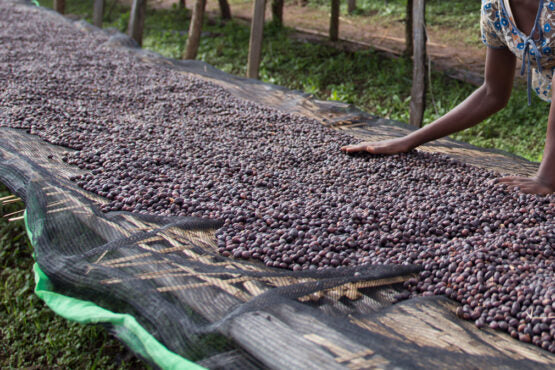What sets Ethiopian coffees apart may be the combination of numerous small garden coffee lots, resulting in a blend of flavours, textures, and acidity. Instead of categorizing coffee by the color of its cherries, Ethiopian coffee blends encompass all the delightful attributes of ripe and ready cherries. This cumulative approach is why Ethiopian specialty coffee is known for its complexity and elegance.
In the Guji region, where the Oromo people speak the second most widely used language in the country, locals cultivate, nurture, pick, transport, and collect wild mutations of coffee cherries at local washing stations. The hard work of the Oromo people in Guji reveals the distinctive flavors of this region.
The 'Supernatural' process encompasses a variety of experimental techniques, many of which have been learnt from years of Carbonic Maceration trials through different origins and producers.
Cherries are harvested from October to January and then transported to a washing station where small-holder lots are combined. The coffee undergoes a rigorous hand-sorting process to eliminate under- and over-ripe cherries, with a focus on selecting cherries within the 18-22º Brix range.
These cherries are shade-dried on raised beds, with regular turning to manage fermentation for the initial 3-5 days. During this period, the cherries are thinned out during the day but stacked inside plastic 'cocoons' at night for 5-8 days.
The final stage involves spreading the cherries in thick layers on beds and frequently moving them for 10-15 days until the moisture content reaches 10-12%. Dried beans are stored within the dried cherry pod for protection and to enhance fruit flavours until they are milled and prepared for export.
Further quality control and sorting are conducted by their local partner, Primrose, with a minimum of triple-passes through a colour sorter and hand sorting tables to enhance overall quality.



